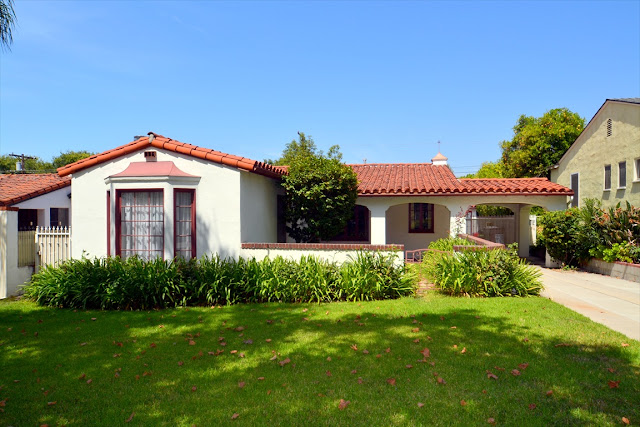The Soral and the Grid (Page 9)
The architect has consciously built a correlation between the exterior and interior of the structure. The play of curves and counter curves is insistent, though shapes are simpler and more dynamic. The walls seem to obey an unseen force that makes them stand straight and at the same time undulate smoothly, creating convex and concave curves. Three angles pointedly and forcefully rise upward on a continuous journey giving the building metaphorical Shape of a lotus: Symbol of purity, intelligence and reasoning.
A little farther from the Gandhi Bhavan is the Museum of Fine Arts, empanelled with red sandstone, a handsome structural system with interlocked series of rectangular masses arranged around a central courtyard displaying static regularity of a geometric design. In its own way, it is a Self-Contained unit, a completely enclosed building with the exception of a vast open central courtyard and water bodies laid inside the premises with interdependent galleries top-lit through light troughs. The ceiling in every room is supported on a single central column from where it spreads like an umbrella.
An art museum is actually a complicated design problem, involving basic questions of efficient circulation, adequate light- natural, artificial or both- sufficient work and storage space. All these elements are given sufficient attention and have been handled intelligently but during summers one can feel the heat inside this building.
The Punjab University campus was developed as a complete unit and the authorities turned to an architect who was sure to produce the most pleasing and spectacular effects. The approach that Jeanneret took was completely fresh. Even though the architecture of Punjab University does not refer to any traditional style in particular, Indian or European, nor is it inspired by the architecture of Punjab University at Lahore from which it was physically separated at the time of partition, yet the architects were open to pick up spatial and structural solutions from the past. It was contemporary to its times in spirit and shape. May be the ideas which imparted this kind of personality to the university are not any more part of our memory, yet this architecture is still highly inspirational to those who visit this campus for any purpose or reason. Moving around the university is in itself a very enriching and aesthetically satisfying experience because of Jeanneret's architecture that displays a variety of form along with balancing unity, monumentality of structure and scale in the open space, elevating the viewer to a higher level of consciousness.
A little farther from the Gandhi Bhavan is the Museum of Fine Arts, empanelled with red sandstone, a handsome structural system with interlocked series of rectangular masses arranged around a central courtyard displaying static regularity of a geometric design. In its own way, it is a Self-Contained unit, a completely enclosed building with the exception of a vast open central courtyard and water bodies laid inside the premises with interdependent galleries top-lit through light troughs. The ceiling in every room is supported on a single central column from where it spreads like an umbrella.
An art museum is actually a complicated design problem, involving basic questions of efficient circulation, adequate light- natural, artificial or both- sufficient work and storage space. All these elements are given sufficient attention and have been handled intelligently but during summers one can feel the heat inside this building.
The Punjab University campus was developed as a complete unit and the authorities turned to an architect who was sure to produce the most pleasing and spectacular effects. The approach that Jeanneret took was completely fresh. Even though the architecture of Punjab University does not refer to any traditional style in particular, Indian or European, nor is it inspired by the architecture of Punjab University at Lahore from which it was physically separated at the time of partition, yet the architects were open to pick up spatial and structural solutions from the past. It was contemporary to its times in spirit and shape. May be the ideas which imparted this kind of personality to the university are not any more part of our memory, yet this architecture is still highly inspirational to those who visit this campus for any purpose or reason. Moving around the university is in itself a very enriching and aesthetically satisfying experience because of Jeanneret's architecture that displays a variety of form along with balancing unity, monumentality of structure and scale in the open space, elevating the viewer to a higher level of consciousness.
The End.




Comments
Post a Comment